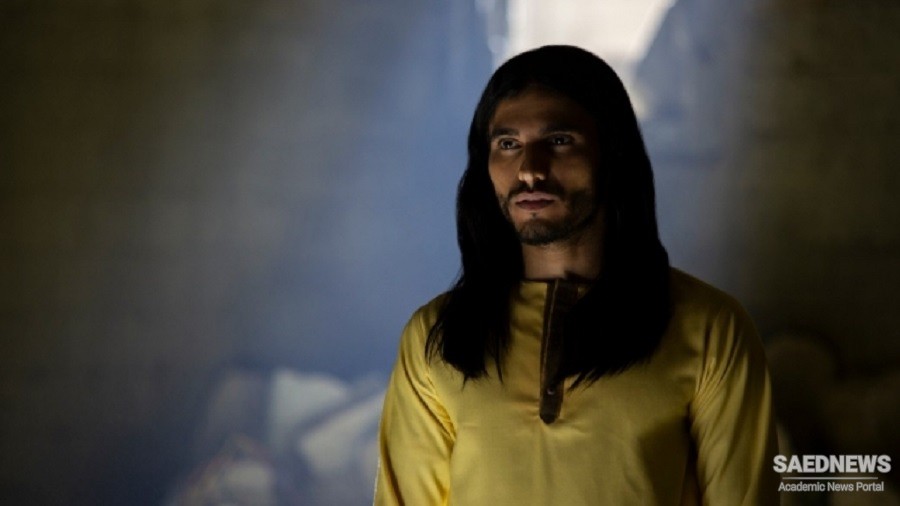It is generally acknowledged that it was in the hearts of the Muslim multitude that the belief in the Mahdi was kept alive and, so that, in times of particular strain, arising from alien domination or from inner tensions of an unstable society, it could become quite active. That is to say, his arrival was expected in the immediate future in order to set things straight. In such circumstances, the Sunni conception of the Mahdi was made more applicable to the situation at stake by being attached to a claimant at hand, or so formulated that an appropriate candidate could declare himself the Expected One. In this respect, Islamic history shows many instances of claimants to the throne of the Mahdihood, who together with a group of supporters would seek to challenge and overthrow the existing political order by force of arms. If successful, such a mahdi-movement has been described to have passed three major phases of progression." Following this categorization, the movement would be initiated through an intensive propaganda for what we may call Islamic revivalism, having as its prime goal to win support among the restless and discontented. Secondly, when a sufficient number of adherents had been recruited, a military teocratic organization would be formed. In the course of repeated efforts at propagating its claims, as well as countless military raids and campaigns from inaccessible hidingplaces, the movement would change its strategy to open challenge of the sitting regime. As a third and final phase, we may observe the emergence of a territorial state, whose theocratic aspirations will gradually become obsolete until they have finally faded away.


 Mahdism: the Doctrine and Its Implications
Mahdism: the Doctrine and Its Implications














































